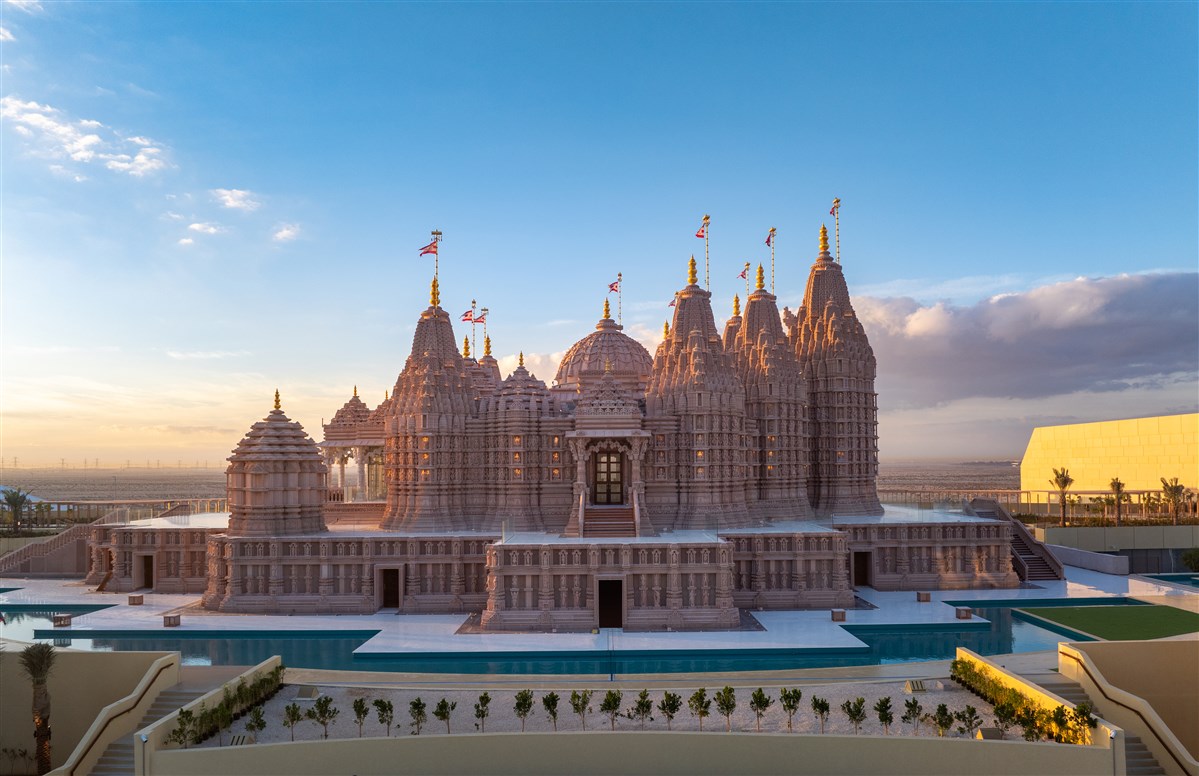In 2019, the professor gave a live demonstration of the ‘floating bricks’ to a gathering of experts of the International Council of Monuments in Paris
If someone were to tell you that solid bricks can float on water, the chances are that you’d never believe it. Or you’d probably think it’s just one of those sleight-of-hand, smooth-talking magicians trying to pull the wool over the eyes of the public. But these bricks can be found here in India, although their secrets lie hidden or lost in antiquity – in the 13 th century Ramappa Temple in Telangana.
A live demonstration about the properties of this kind of brick proved to be a clincher that tipped the scales in favour of the Ramappa Temple as a Unesco World Heritage Site.
Prof Pandu Ranga Rao, head of the Ramappa Heritage Trust, has been spearheading the campaign for the Ramappa Temple’s inclusion in the Unesco World Heritage list for the last ten years.
In 2019, the professor gave a live demonstration of the ‘floating bricks’ to a gathering of experts of the International Council of Monuments in Paris.
He had taken along with him a broken chunk of a floating brick from the temple site. He had also taken another chunk from an ordinary brick. He placed both chunks in two separate, half-filled glasses of water.
Also Read: Ramappa Temple’s UNESCO nod triggers ‘new love’ for cultural heritage in Telangana – pravasisamwad
To the astonishment of everyone present at the demonstration, while the ordinary brick sank to the bottom of the glass, the chunk from the Ramappa Temple floated on the surface.
The professor said because of their advanced scientific knowledge, even though the temple was built 800 years ago, these floating bricks composition of materials was such that it had a density of only 0.9, making it lighter than water, which has a density of 2.02. As a result, these bricks were able to float in water.
Prof Rao says the architects and builders ingeniously used this type of bricks for the roof of the main central structure to completely eliminate the chances of the temple gradually sinking into the ground over the centuries on account of the heavy load on the roof.
The professor said because of their advanced scientific knowledge, even though the temple was built 800 years ago, these floating bricks composition of materials was such that it had a density of only 0.9, making it lighter than water, which has a density of 2.02. As a result these bricks were able to float in water
The Prof says another technique used by builders of that time was the ‘sandbox technology’. The temple foundation was built on top of large boxes packed with sand.
These ‘sandboxes’ acted as earthquake shock absorbers, allowing the vibrations of tremors to pass through the sand, leaving the temple’s main structure completely unharmed, not even the least bit of a crack.
Prof Rao says that two earthquakes in 2017 and 2018 in that area damaged many buildings in the vicinity around the temple, but the temple did not suffer the least bit of damage.
A proposal for inclusion of the temple as a world heritage site was submitted to UNESCO on September 10, 2015. Subsequently, it found a place on a tentative list in 2019. Finally, the declaration of approval as a heritage site came through on July 25, 2021.
Another name for the Ramappa Temple is Rudreshwara temple, which means dedicated to Lord Shiva. Located about 209km or 130 miles from Hyderabad, Telangana’s capital city, the temple lies in a valley in Palampet village.
An inscription inside the temple says it was built in 1213 AD by a general, Recharla Rudra, in the reign of the Kakatiya ruler Ganapati Deva.
Interestingly, the temple is named after a sculptor named Ramappa, who built it, perhaps the only one in India to be named after an artisan and craftsman who built it. The Ramappa Temple took 40 years to build.
While the main structure is of reddish sandstone, the columns on all four sides have brackets of black basalt, with a large iron, magnesium, and silica content. These are intricately decorated with carvings of mythical animals, dancers and musicians, notable as delicate masterpieces of Kakatiya art.
When Marco Polo saw the temple on a visit in the days of the Kakatiya rulers, he is said to have called it “the brightest star in the galaxy of temples”.










